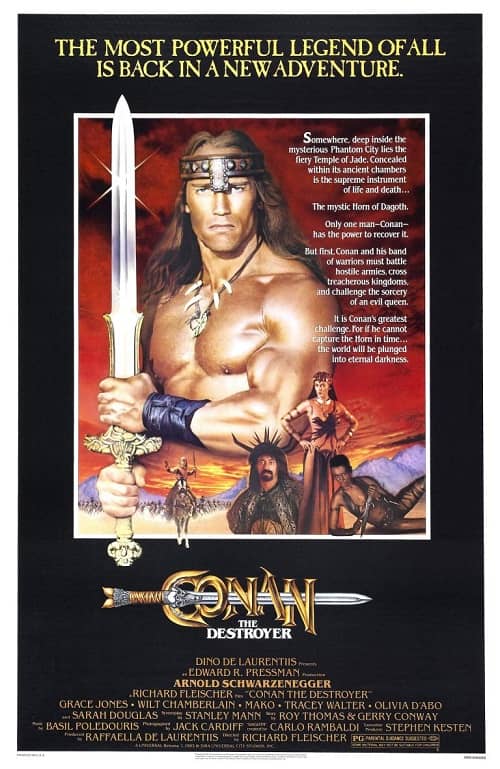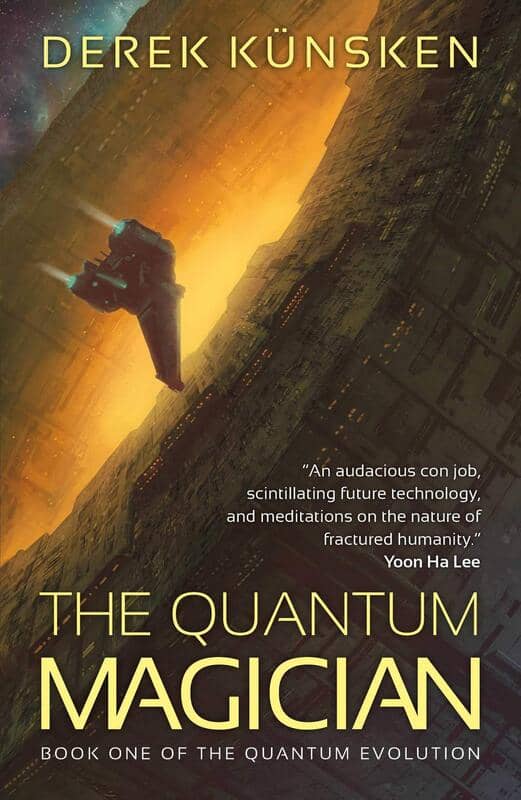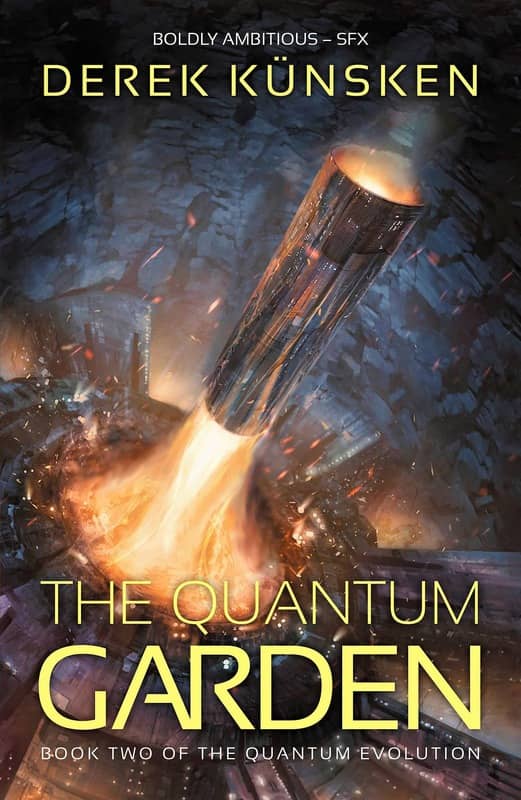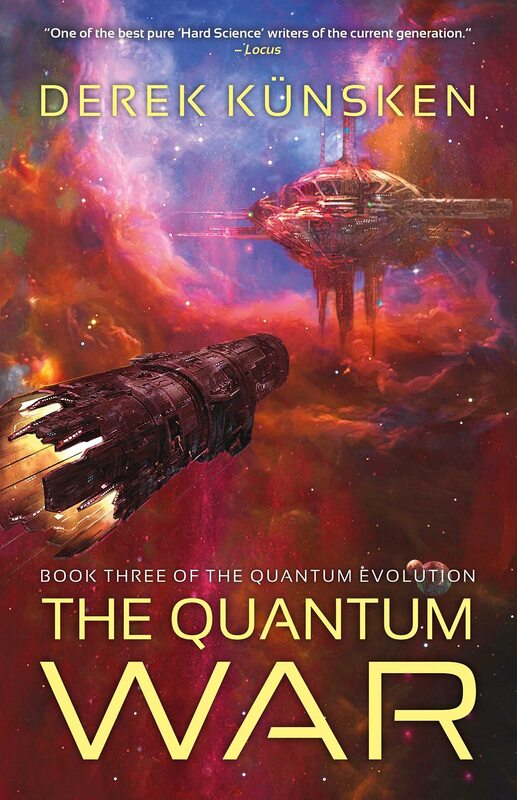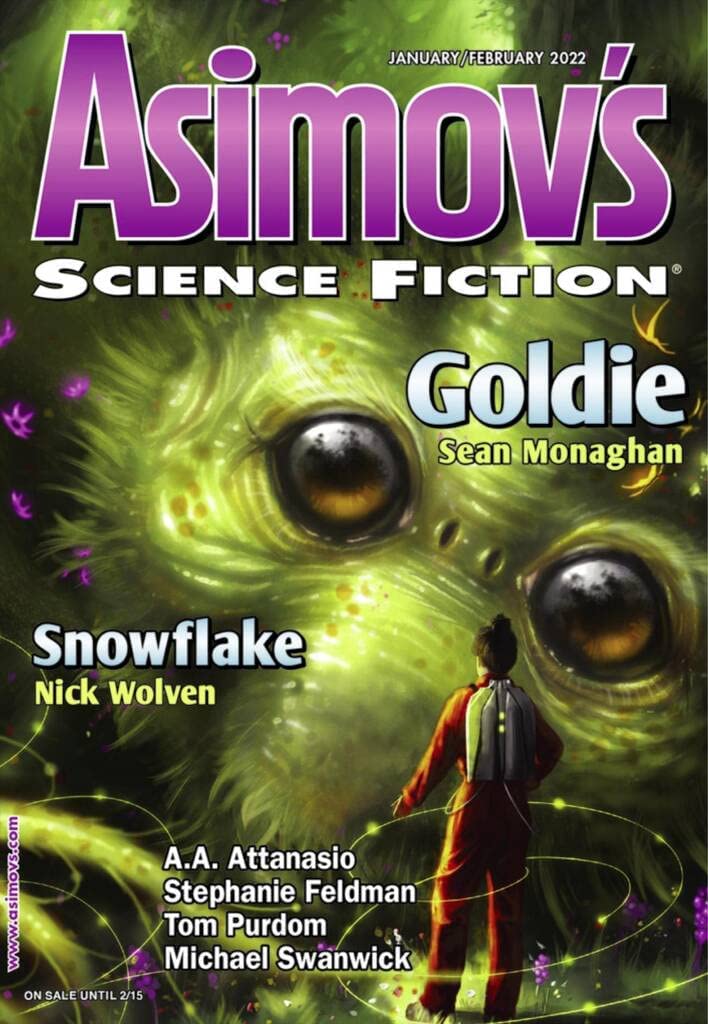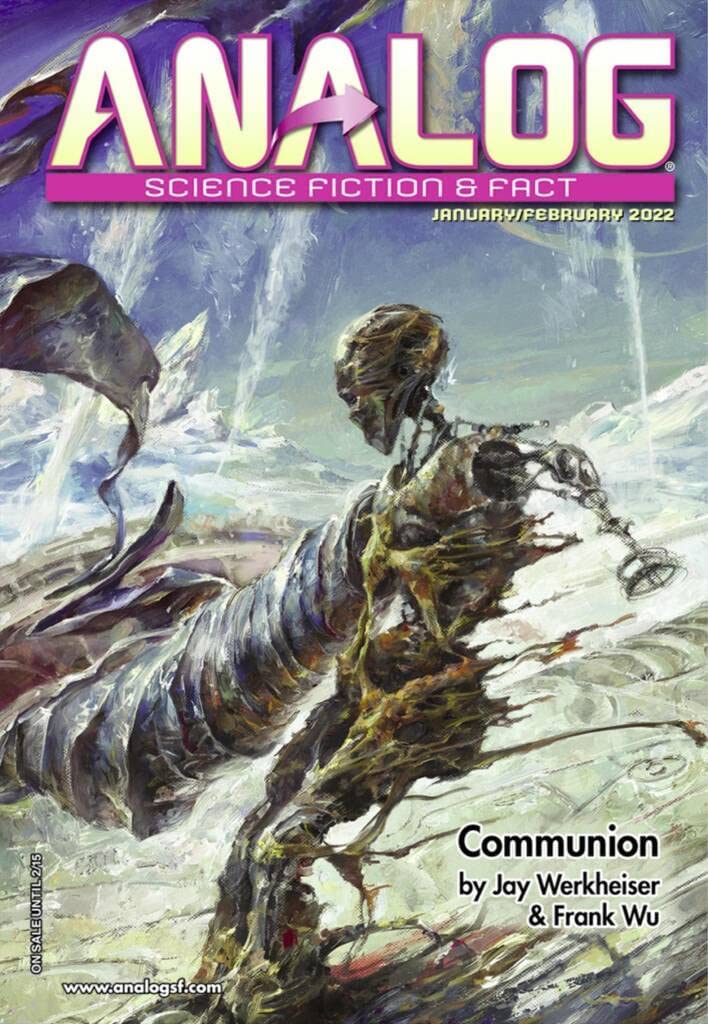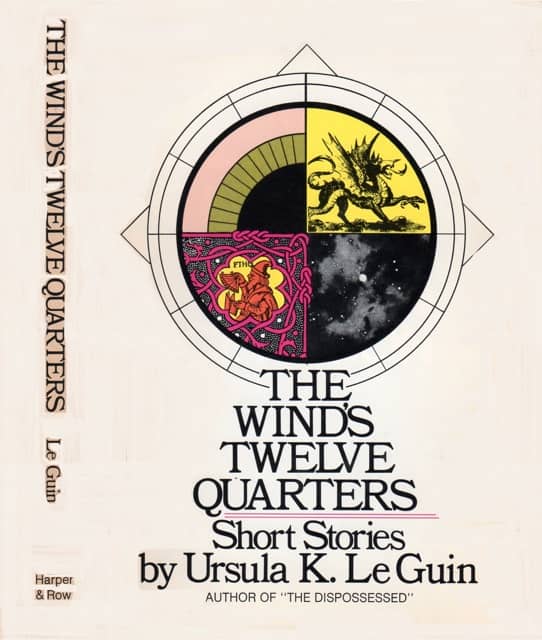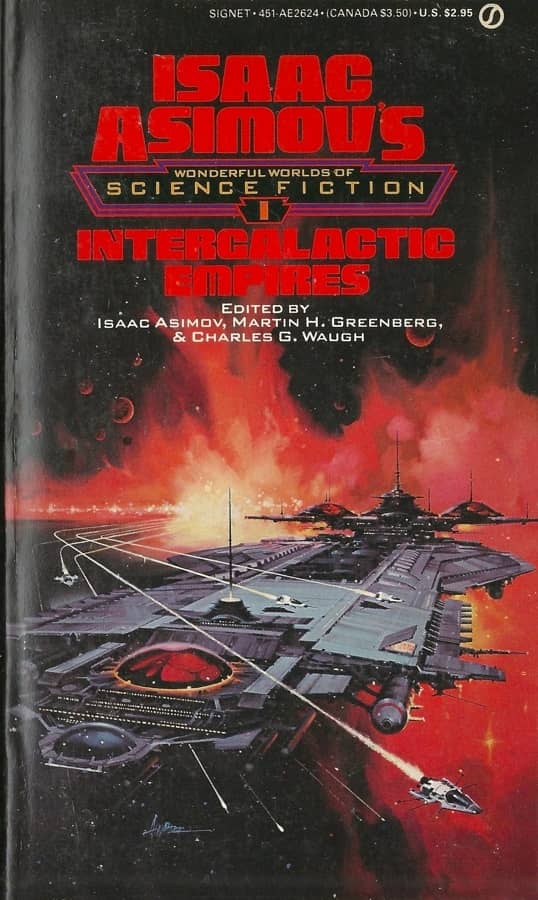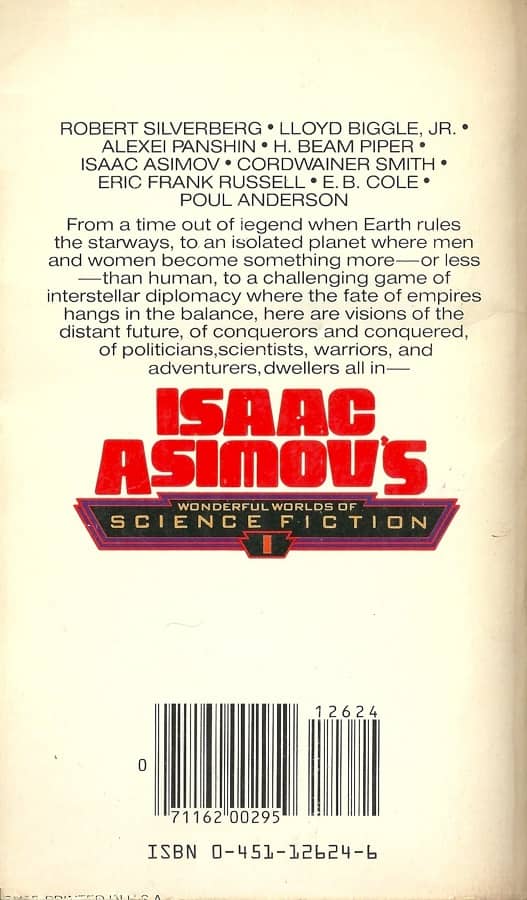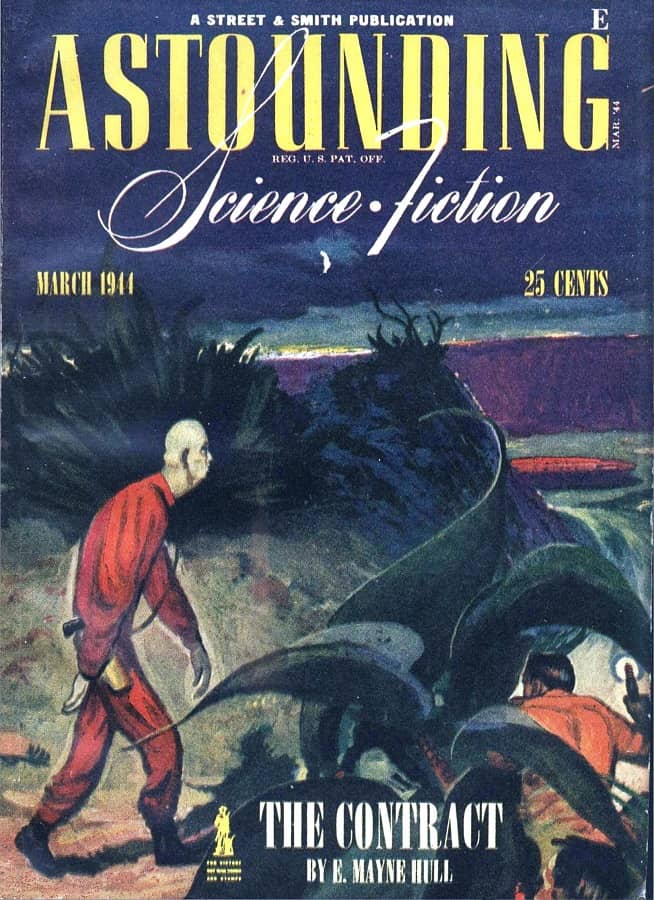New Treasures: The Vanished Birds by Simon Jimenez
 |
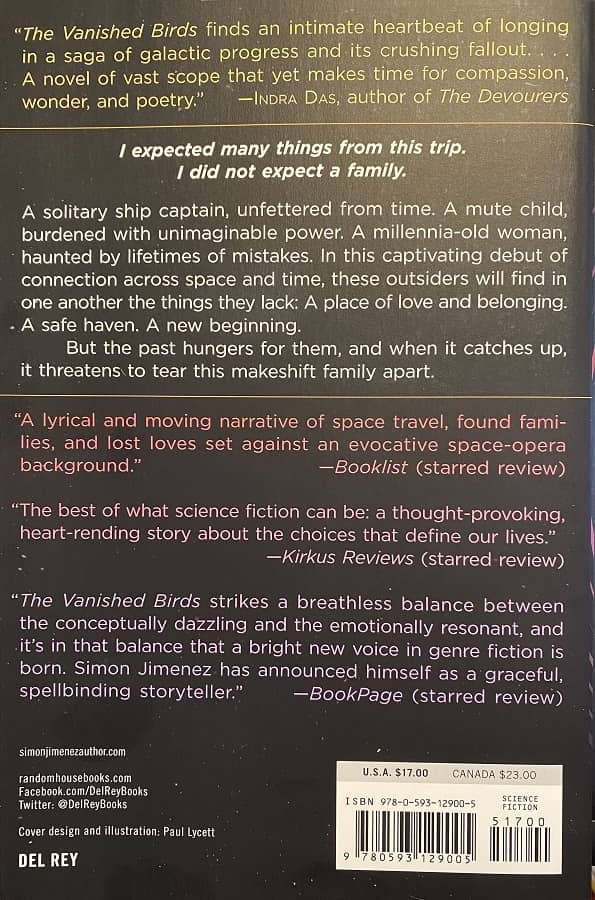 |
The Vanished Birds (Del Rey, January 26, 2021)
January is that time of year when I browse BEST OF THE YEAR lists, wondering what I missed (it’s usually a lot). One title that shows up repeatedly is Simon Jimenez’s debut novel The Vanished Birds, which I picked up in paperback last January, and which promptly vanished into the towering to-be-read stack next to my big green chair. I need a filing system that’s more like a library, and less like a geological rock formation.
Anyway. While I didn’t make time to read the book, I didn’t fail to notice all the breathless notices. Kirkus Reviews, which called it “The best of what science fiction can be,” listed it as one of the Best Debut Fiction and Best Science Fiction & Fantasy of the year; Martin Cahill at Tor.com proclaimed it “brilliant,” and Paul Di Filippo at Locus called it “not only the best debut novel I’ve read in ages, but simply one of the best SF novels in recent memory.” Here’s a slice from Martin’s enthusiastic review.


